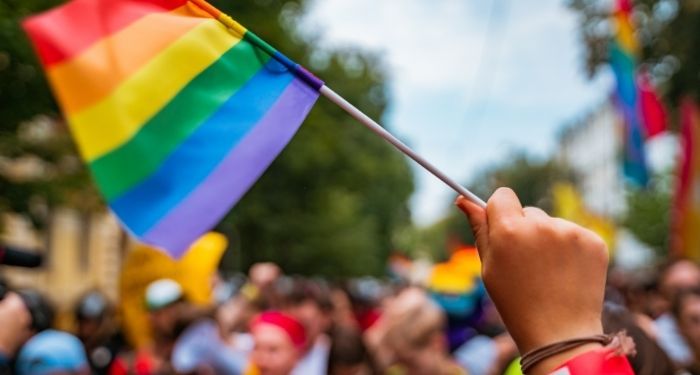There’s a sentiment that I see travel around the internet quite a bit whenever something terrible happens to an area that is historically a conservative area, places that typically lean red when it comes to elections. These areas get hit by winter storms that they historically don’t get that takes out their electrical grid, or they receive torrential rainfall that leads to heavy flooding and people getting displaced from their homes (at the very least), their politicians turning their backs on the people, doing nothing to help, and the same phrases get trotted out by people who live in bluer areas: “This is what you get for voting Republican,” or “at least it’s happening to racists,” or “No sympathy for the hillbillies.” It’s basically any iteration of “they had it coming” that you can deem applicable to the situation. All ignoring the fact that 1) plenty of those people didn’t vote for the politicians currently in charge of them as our voting system is deeply broken, and 2) people don’t deserve to lose access to basic human rights because you don’t think they’re a good person, marginalized people still live in those areas. Hi, I’m one of them. I’m a queer individual living in a deeply red area of Georgia, in the foothills of Appalachia. We don’t necessarily want to leave either. These areas are our homes and have always been so. Why should we have to give up our homes?
October is queer history month, and in a time where queer books are being banned left and right simply for being about queer people, queer stories are more important than ever. Just like Black people and Latine individuals, queer people have always lived in conservative areas. Atlanta is historically the equivalent of Mecca for Southern Queers. Country queers carve out a space for ourselves and build a culture much the way city queers do. And here I have the books to prove it. Ten, to be exact, all memoirs or essay collections or historical books about what it’s like to grow up queer in areas that may not be the friendliest to us. We’re here, we’re queer, and lord willing and the crick don’t rise, we’re here to stay.
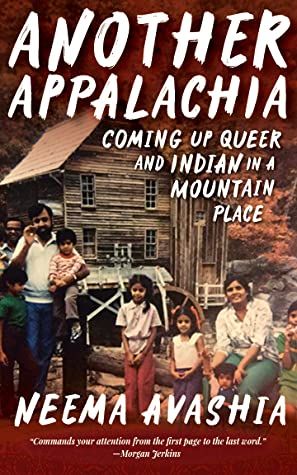
Another Appalachia: Coming Up Queer and Indian in a Mountain Place by Neema Avashia
Despite the stereotype, Appalachia isn’t the white monolith it seems to be, and Neema is proof of that. She’s a queer Desi woman who grew up in West Virginia and lays out her memoir in essay format, where not only will you learn what it was like for her to grow up as an Indolachian daughter of immigrants, but also learn what Appalachia is actually like, the economics of the region and the culture. It balances humor and harshness masterfully and challenges you to re-examine your beliefs about the area. It’s a love letter to Appalachia from a queer perspective.
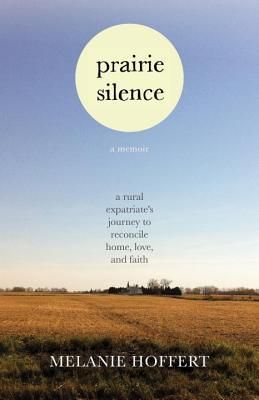
Prairie Silence: A Memoir by Melanie Hoffert
There’s a certain homesickness that comes from being from an area that doesn’t quite get who you are as a person. They’re not actively hostile, but are also waiting for you to move on from this silly phase you’re in right now. Melanie Hoffert gets it, being from rural North Dakota. She still goes home to help out on the family farm during harvest, and as with most homecomings, ends up seeing the area in a new light. Past memories are intertwined in with the present as Hoffert comes to terms with her sexuality in regards to her Christian beliefs and the beliefs of those in her hometown.

How We Fight For Our Lives by Saeed Jones
Being Black in the South is difficult. So is being queer in the South. Being Black and queer? Far, far more difficult than it should be. Saeed Jones knows and tells us about it in vignettes about trying to find a place to belong, his difficult relationship with his family, and each fleeting relationship that came and left his life. Transitioning between prose and poetry and full of the biting humor he’s known for on Twitter, he tells the story of how he turned himself into a weapon growing up in the South in the ’90s and 2000s.

Punch Me Up to the Gods by Brian Broome
Brian Broome grew up in Ohio, and he lays out his youth intermingled with vignettes of watching a Black father with his son on a Pittsburgh bus. His relationship with his father was abusive, as he was beaten by him for not being manly enough, and he shares his mother’s own traumatic life experiences. He also confronts his own internalized bigotry on the pages, laying out the shame, awkwardness, and confusion he had growing up and learning how to hide as a Black boy who had crushes on other boys.
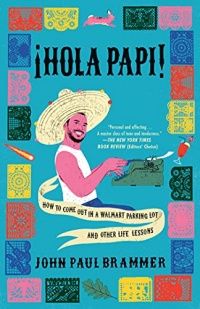
¡Hola Papi!: How to Come Out in a Walmart Parking Lot and Other Life Lessons by John Paul Brammer
You probably heard of his advice column by the same name, a sort of “Dear Abby” for the queer community. I read a few of the stories, and let me tell y’all: they were wild. But JP has such a distinctive voice, funny and warm with wisdom hidden between the lines. And that voice carries on in this book. He answers some of the questions plaguing the queer community (can you really be too gay? What about not gay enough?) with stories from his life, including literally coming out to a crush in a Walmart parking lot. Look, sometimes country queers gotta make do.
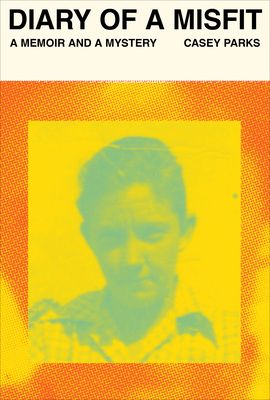
Diary of a Misfit: A Memoir and a Mystery by Casey Parks
Casey Parks tells more than just her story in this memoir; she also digs up the story of Roy Hudgins, a small-time country singer from her grandmother’s home town who happened to be a trans man. Parks digs around rural Louisiana trying to find whatever trace of Hudgins she can while also dealing with the reaction her coming out had within her very religious Southern community in 2002, like her mother beginning to shun her and her pastor praying for her to be punished by God. As well as being a telling story of what it can be like in the South for a queer individual, it is also a stark reminder of the fact that we have always been here.
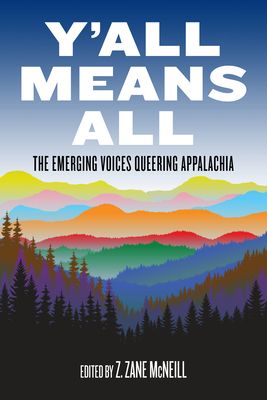
Y’All Means All: The Emerging Voices Queering Appalachia edited by Z. Zane McNeill
Yet again, Appalachia is not the WASP monolith that people like to paint it as. There are queer communities carving spaces for themselves, refusing to give up land to people that would rather queer people didn’t exist. This collection of essays is proof of that. Queer people belong in the holler alongside the trees and mountains. Written by various individuals from the Appalachian area, it not only defines labels that are used in the area but also challenges the definitions of other labels and assumptions made while delving into critical race theory, queer theory, and Appalachian history.
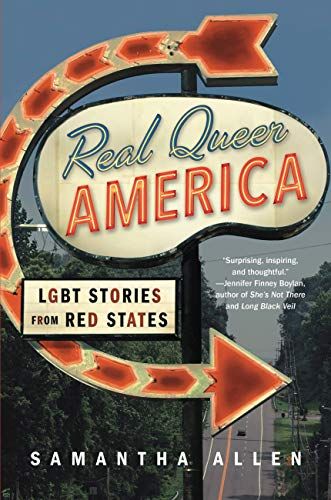
Real Queer America: LGBT Stories from Red States by Samantha Allen
“Something gay every day” was Samantha Allen’s motto as she traveled cross country across the United States, telling the stories of queer communities fighting for their rights and pushing for change like the first openly transgender mayor in Texas history or the manager of the only queer night club in Bloomington, Indiana. She tracks cultural shifts happening across the “flyover country,” covering stories that are often ignored by larger media companies alongside sharing her own story of transition from a Mormon missionary to the woman she is today.
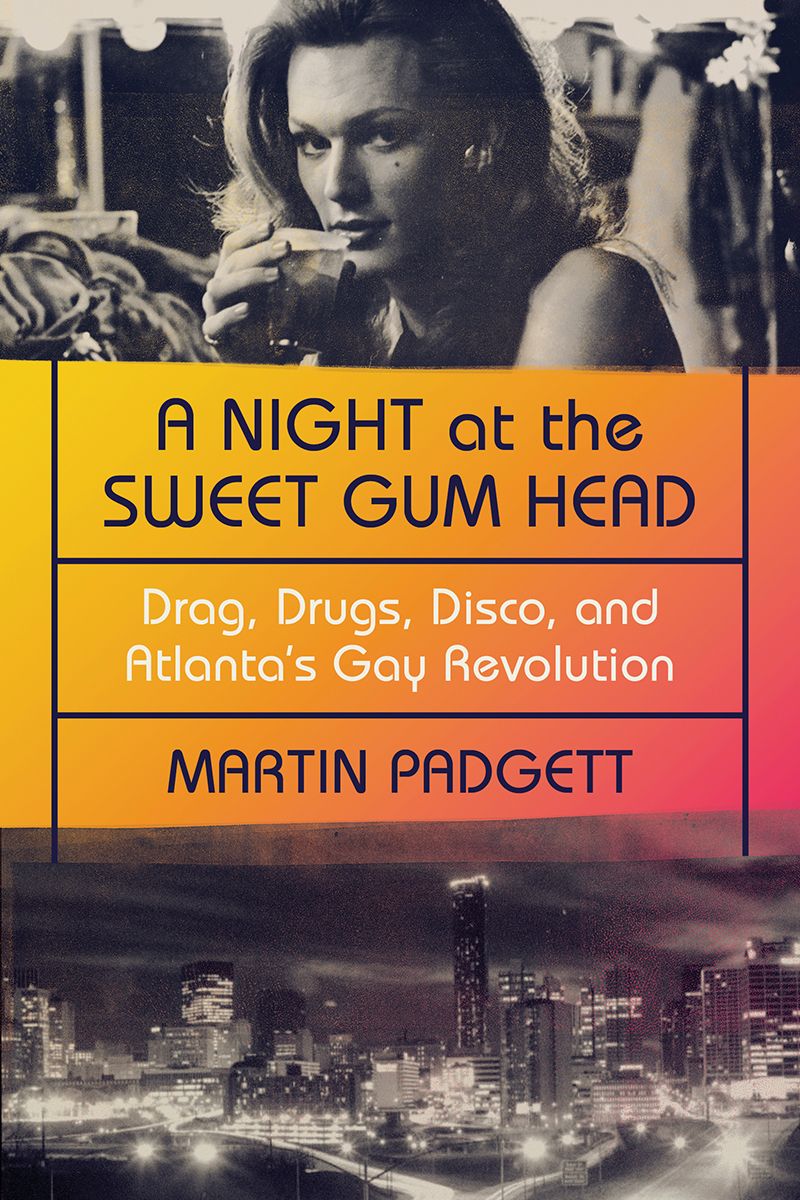
A Night at the Sweet Gum Head: Drag, Drugs, Disco, and Atlanta’s Gay Revolution by Martin Padgett
Sweetgum trees are iconic to the American South, and the Sweet Gum Head was iconic to the drag scene during the ’70s. Like I said, Atlanta is and was a Mecca for queers in the South, and the Sweet Gum Head was the place to be if you wanted to be a drag star. This book tells the story of two gay men: John Greenwell, a runaway from Alabama who found himself on the stage as Rachel Wells, and Bill Smith, who fought tooth and nail as an activist for queer rights. It also tells the history of police violence, threats, and other daily struggles the queer community in the area fought against as they began to build what is now Atlanta’s queer scene.
If you’re itching to read more memoirs, I have a list of 8 more queer memoirs, but if you’re looking for memoirs of a different sort our memoir tag is full of types from Indigenous memoirs to tell-alls from sex workers.

